Breaking Down a Proper and Effective Warm-Up
One of the most common questions I get is related how to properly warm up. This includes questions on static stretching and its role in warming up prior to a training session or athletic event.
Many people are mislead when it comes to performing a sound and ideal warm-up.
In light of this, I wanted to take some time to discuss the best way to structure and progress through your warm-ups. This template is beneficial for athletes and will help maximize their performance.
As a preface to the remainder of this article I would like to give a brief outline of how a warm-up should progress. Generally, I would advise performing full body self myofascial release through foam rolling prior to the beginning of every warm-up. Foam rolling can help work out and specific problem areas throughout the body.
From here, I usually breakdown my warm-ups as follows:
- Static Stretching/Mobility Work For Desired Areas
- Core Activation
- General Activation (Hips, Shoulders, Glutes etc.)
- Rehearsal of Movement Patterns
- Central Nervous System Activation
Mobility
Plain and simple, mobility is the area of the warm-up where I like to either work on certain problem areas where there are mobility restrictions present, or simply target the muscles that will be used extensively during the training session.
For example, if I have a group of athletes they will each have their own static stretches that target areas they specifically need work on. Otherwise, if you were to be working the lower body, for example, you could target your hamstrings, hip flexors, external rotators, quadriceps and ankles.
The same can be said for the days where the upper body is your focus for your training.
Core Activation
The core plays an extensive role in bracing the spine while your extremities are in motion. So, activating your core is extremely important if you desire to have an effective workout.
Exercises such as planks, loaded carry variations and anti-rotations presses are great to ignite your core and prepare it to support you throughout many different ranges of motion.
General Activation
Stability is the ability to maintain mobility throughout an entire range of motion. Activation exercises not only help to work on this, but they also help us progress from the static stretches we have just done to begin our warm-up.
I always tell my athletes that static stretching is okay to do prior to training or games as long as you properly activate after. So, exercises that require mobility through ranges of motion for your hips, shoulders, and glutes are a great place to start.
Rehearsal of Movement Patterns
This is where we perform a basic movement that corresponds to the primary movement we are training that day.
Is your session centered on the bench press? Great, perform a set of pushups to rehearse a pressing variation. Getting in some barbell squats or deadlifts? Be sure to dedicate this phase to bodyweight squats or kettlebell swings.
The goal is to now use the mobility and activation we have focused on and begin to phase it into movement patterns.
Central Nervous System Activation
I have actually written a previous article on my favorite central nervous system activation exercises. Basically, this is the last portion of our warm-up right before we begin our training or athletic event. Our goal is to engage the nervous system and have us firing on all cylinders before we begin our lift or game. A sprint, jump or throw are the most ideal.
Our warm-up flows from mobilization to activation (in both the core and mobilized muscle groups), and then movement patterns and nervous system activation. Once we mobilize and deal with any restrictions we may have, it is imperative to be able to maintain mobility throughout a range of motion (stability) and allow muscle groups to work together synergistically.
This is imperative as we begin to rehearse movement patterns that correlate to compound movements, which use multiple muscle groups.
For example, the bench press or any pressing variation calls on the upper back, scapulae and shoulders. Activation exercises such as the “Dynamic Blackburn,” which is a prone facing shoulder activation exercise, would be great to utilize multiple muscle groups simultaneously after they have been mobilized.
Once we have done this and then ignited our central nervous system we will place athletes in the proper position to perform optimally whether for training or an athletic game or event!
Gerry DeFilippo
Latest posts by Gerry DeFilippo (see all)
- 3 Exercise to Develop Rotational Power in Baseball Players - February 20, 2018
- Why The 60-Yard Dash Is A Poor Way To Test Baseball Speed - December 19, 2017
- 4 Pressing Exercise Variations For Baseball Players - December 5, 2017

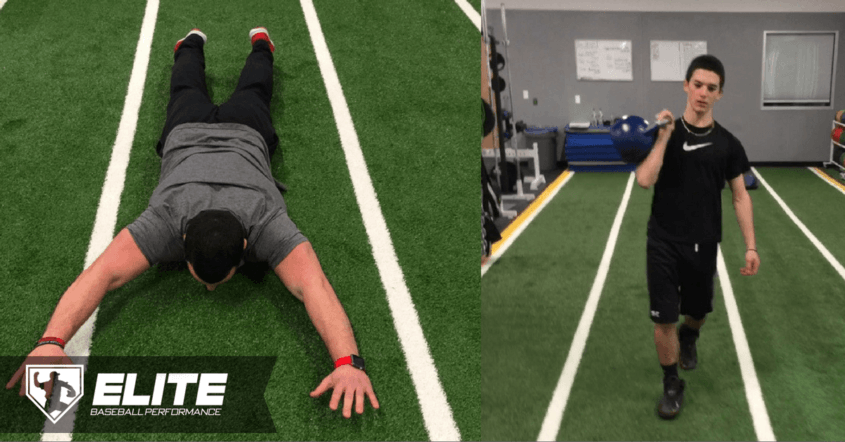



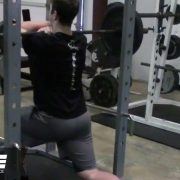
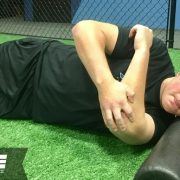
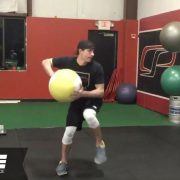
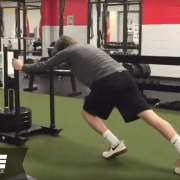
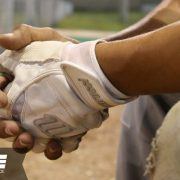


Leave a Reply
Want to join the discussion?Feel free to contribute!